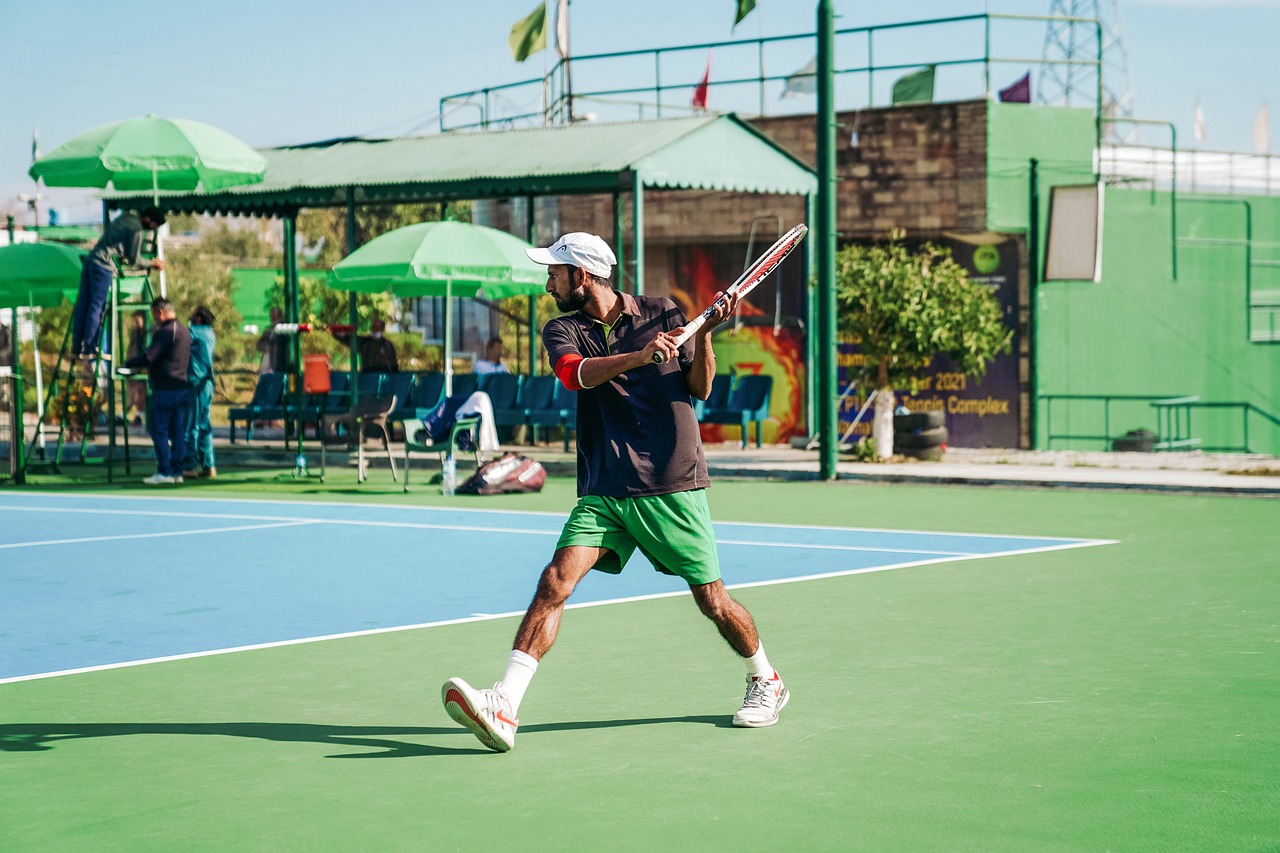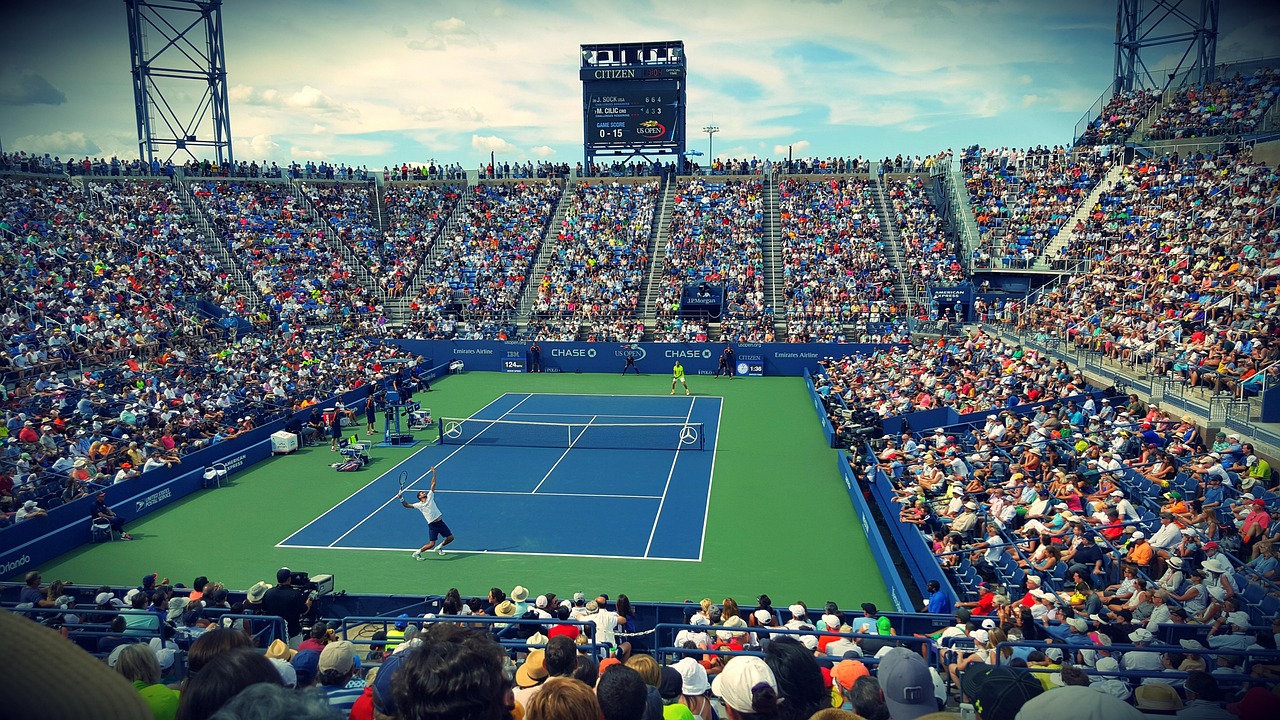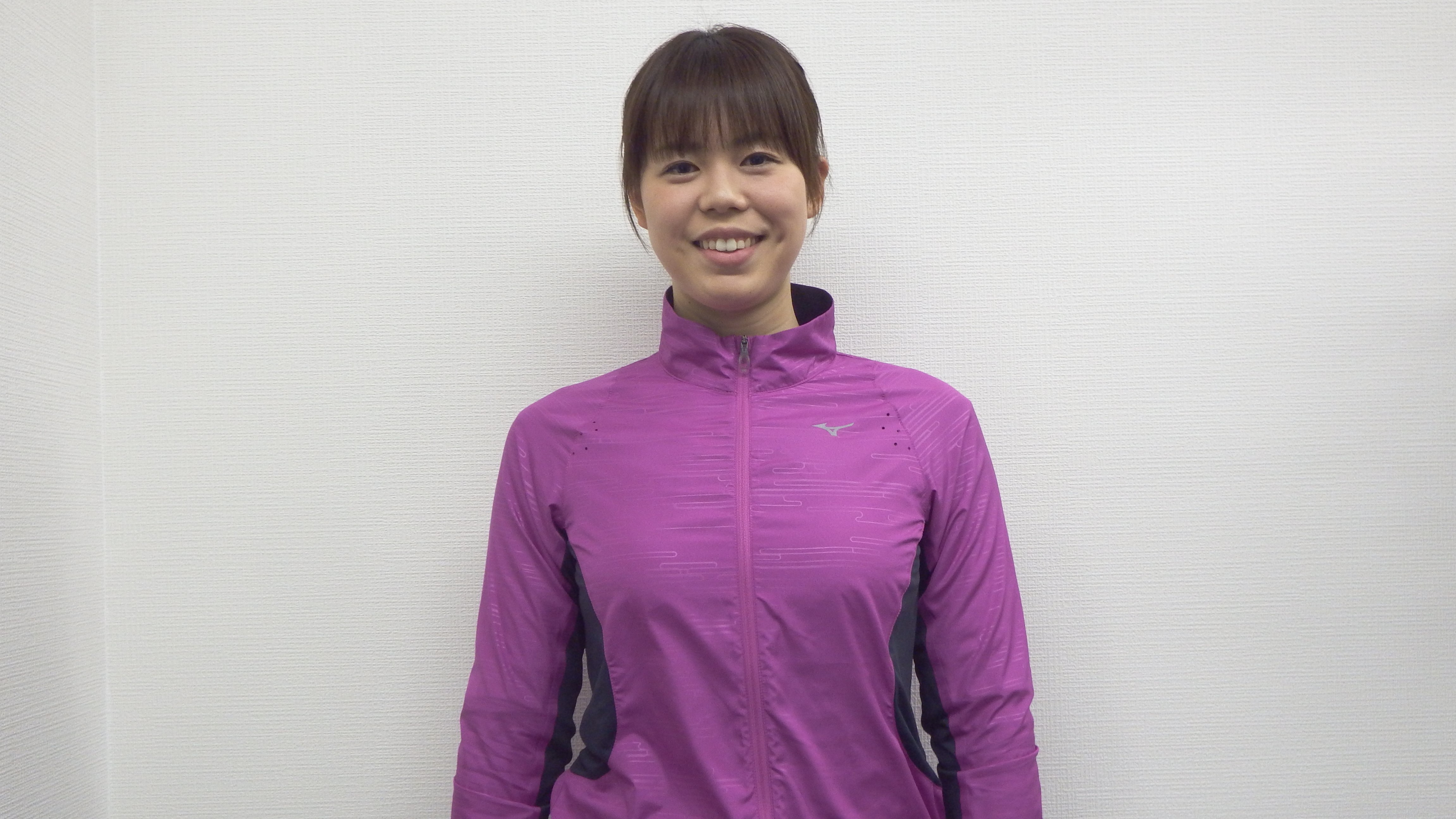
Why from underwater to land? Former swimming medalist star Natsumi challenges the Tokyo Marathon! "Vol.1 Why did you decide to run?"
Star Natsumi who participated in the London Olympics and the Rio Olympic at 200 meters butterfly and won the bronze medals for 2 consecutive games. Such a star retired in October 2016, and it is currently finalizing for the Tokyo Marathon 2018 to be held this weekend 25th. Why did you decide to run a full marathon in Vol.1? I asked about its background and so on.
--You retired from swimming in October 2016, but when did you start thinking about running? I would also like to know the reason!
star:I started running around February 2017, regardless of whether I ran the Tokyo Marathon or not. When I retired, I suddenly stopped exercising, so when I started gaining weight, I thought, ``This is terrible!'' and started going to the gym. First, I started running on the treadmill at the gym. It's only about 30 minutes.
There aren't many swimmers who run, but during my active years I used to run. I used to run 3km to 4km at the end of practice to improve my cardiorespiratory function, so I was used to the treadmill.
--So dieting was your starting point (lol) Why did you decide to run a full marathon?
star:In June 2017, at the Mizuno exhibition, I was approached by Otsuka Pharmaceutical asking if I would like to run in the Tokyo Marathon. I had a relationship with Otsuka Pharmaceutical, the sponsor of the Tokyo Marathon, because I was allowed to do an advertisement for Body Maintenance.
- That made it run down (laugh)

star: It's true that I wasn't thinking about running a full marathon right away (lol), but I was interested in trying it someday! However, I had a vague idea that it would be a little while longer. I got a good opportunity!
--You gave me a pat on the back! ! Swimmers spend all their time in the water, right? When you come up to the ground, do you feel more gravity than a normal person?
star: That's true! As some swimmers know, swimming is easier than walking or running. When I first stopped swimming, even normal life was painful. I guess I was finally getting used to the land when I was approached about the Tokyo Marathon.
- It's easier to swim! ! The butterfly whose star was being kicked is a competition in which the cardiopulmonary function is questioned. Was it also running after practice?
star:I agree. Before and after practice, I ran short distances at a fast pace to get my pulse up and improve my cardiorespiratory function. It's about 20 minutes in total.
――When you were a swimmer, how much time did you spend in the water a day?
star: Swim twice a day (morning and evening). One swimming time swims about 7 km in about two and a half hours. I swam about 15 km a day in total.
--So you were in the water for 5 to 6 hours a day. To summarize my marathon story, I went on a diet and ran lightly from January to February, decided to run the Tokyo Marathon in June, and started training in earnest for the full marathon around late August.
star:Yes. I graduated from the treadmill and started running outside around August. At first I did not know where to run.
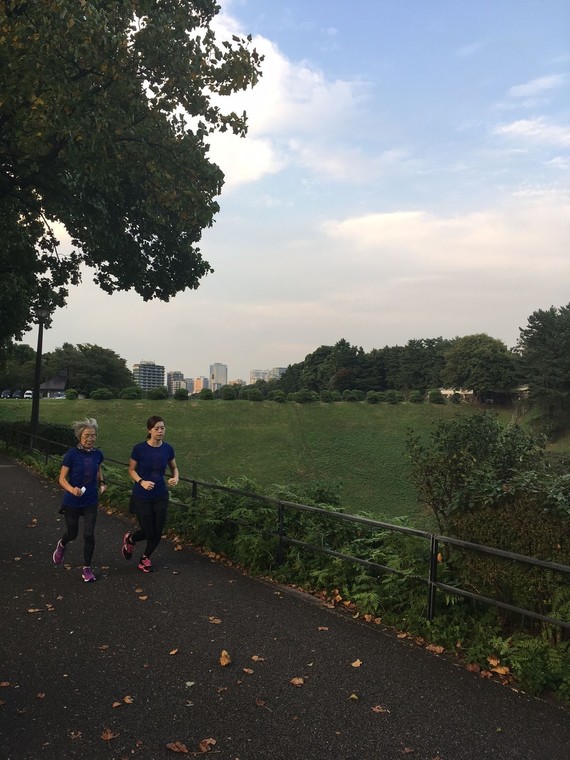
Photo = Mizuno Corporation
-- Swimmers' bodies are used to being in the water, so did just running for 30 minutes affect your knees or cause any pain?
star: I stretched around the buttocks and hip joints, and at the beginning my calves and soles of the feet hurt and it was serious.
star:I started running around February 2017, regardless of whether I ran the Tokyo Marathon or not. When I retired, I suddenly stopped exercising, so when I started gaining weight, I thought, ``This is terrible!'' and started going to the gym. First, I started running on the treadmill at the gym. It's only about 30 minutes.
There aren't many swimmers who run, but during my active years I used to run. I used to run 3km to 4km at the end of practice to improve my cardiorespiratory function, so I was used to the treadmill.
--So dieting was your starting point (lol) Why did you decide to run a full marathon?
star:In June 2017, at the Mizuno exhibition, I was approached by Otsuka Pharmaceutical asking if I would like to run in the Tokyo Marathon. I had a relationship with Otsuka Pharmaceutical, the sponsor of the Tokyo Marathon, because I was allowed to do an advertisement for Body Maintenance.
- That made it run down (laugh)

star: It's true that I wasn't thinking about running a full marathon right away (lol), but I was interested in trying it someday! However, I had a vague idea that it would be a little while longer. I got a good opportunity!
--You gave me a pat on the back! ! Swimmers spend all their time in the water, right? When you come up to the ground, do you feel more gravity than a normal person?
star: That's true! As some swimmers know, swimming is easier than walking or running. When I first stopped swimming, even normal life was painful. I guess I was finally getting used to the land when I was approached about the Tokyo Marathon.
- It's easier to swim! ! The butterfly whose star was being kicked is a competition in which the cardiopulmonary function is questioned. Was it also running after practice?
star:I agree. Before and after practice, I ran short distances at a fast pace to get my pulse up and improve my cardiorespiratory function. It's about 20 minutes in total.
――When you were a swimmer, how much time did you spend in the water a day?
star: Swim twice a day (morning and evening). One swimming time swims about 7 km in about two and a half hours. I swam about 15 km a day in total.
--So you were in the water for 5 to 6 hours a day. To summarize my marathon story, I went on a diet and ran lightly from January to February, decided to run the Tokyo Marathon in June, and started training in earnest for the full marathon around late August.
star:Yes. I graduated from the treadmill and started running outside around August. At first I did not know where to run.

Photo = Mizuno Corporation
-- Swimmers' bodies are used to being in the water, so did just running for 30 minutes affect your knees or cause any pain?
star: I stretched around the buttocks and hip joints, and at the beginning my calves and soles of the feet hurt and it was serious.
--When I was a swimmer, I didn't really touch the ground.
star: That's right. When I first started running, my arches also hurt.
――Now that you have decided to run a full marathon, what did you do for your first training session?
Nishioka Katsuyoshi coach appeared! (Manager of Mizuno Sports Service Co., Ltd. Eport "FORM")
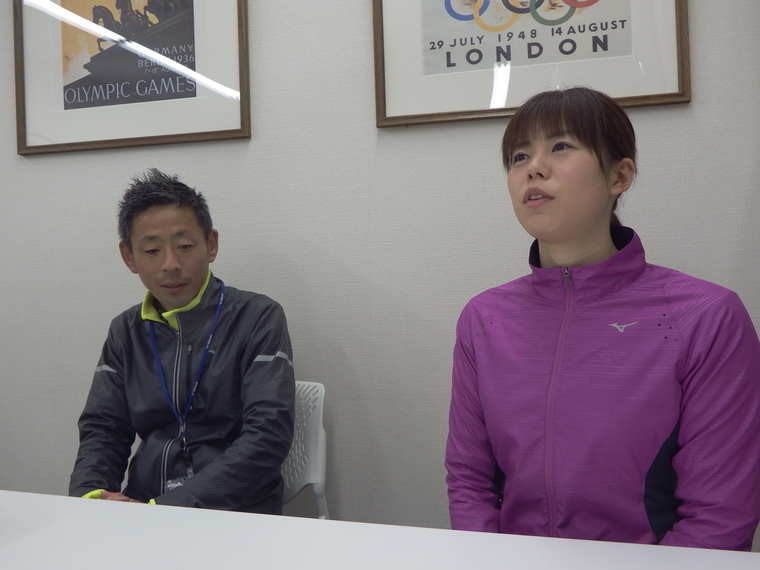
Nishioka: Kikuchi (author) made a FORM diagnosis as well as when he started practicing the marathon. I told the story "Please be careful about this kind of place."
We have a track record in the water, but not on land, so we decided to provide various support.
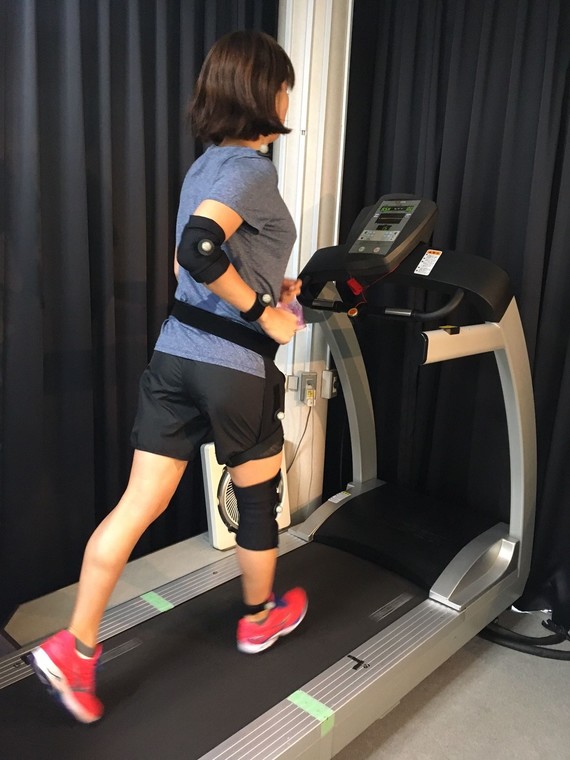
Photo: Mizuno Corporation
- How much is the score of FORM diagnosisWere you there?
star: About 75 points.
--Although he doesn't have a track record in track and field, he still has a high score and is indeed an athlete! ! What did you keep in mind when practicing at the beginning?
star: We focused on running for a long time. I increased my running time to 60 minutes, then 70 minutes, and was able to run for about an hour. I practiced carefully to get used to running for long periods of time, even if it was slowly.
--First of all, you focused on getting used to the long time and distance, which was unknown to you. Have you noticed any changes since you started running outside instead of at the gym?
star: When I started running outside, I felt tighter than running on Jim's Red Mill. Because the treadmill will move. When I ran outside, I got tired a bit and I lost my weight and ran thinking "Yoshi Yoshi". The sense of running has also changed. As I got used to it, the outside was getting more interesting.
--It feels better to be outside because you can feel the seasons. Where were you running?
star: It was October when I went out, so it was a good time for the season. There are few traffic lights and it is easy to drive along the canal around my house. The course was approximately 10km long and took about 1 hour and 10 minutes.
--Did you run every day?
star: It wasn't every day. When I could, I would run two days in a row.
--That's right. Every day can lead to overwork. Are you running alone?
star: My husband usually runs together. We are running not only along the canal but also on the green road and the forest course, but as there are not many people, it was dangerous to run alone in the night at night, so they came accompanying me. Then my husband was hooked on running and started to run with me (lol)
In September and October, I started running 7km at a time two to three times a week. In November, I increased the distance I ran to about 15km.
Continue to Vol.2(Scheduled to be published on February 22)
【profile】
Natsumi Hoshi
Natsumi Hoshi
■Date of birth: August 21, 1990
■ Hometown: Saitama Prefecture Koshigaya-shi
■ Kasukabe Kyoei High School ~ Graduated from Waseda University ~ Daishin Swin
Year 2014
Mizuno Corporation joined Mizuno Swim team affiliation
April 2017~
Part-time lecturer at Toyo University
June 2017~
(Public Good) Japan Swimming Federation Athletes Committee
【Biography】
I started swimming competitively when I started attending a baby swimming class when I was one and a half years old.
After going to Kasukabe Kyoei High School through Eisaku Elementary School and Eiyu Junior High School, when I was in the 2nd grade I achieved 2 consecutive victories with Interhei's 200 m butterfly.
In her third year, she placed second in the 200m butterfly final at the Japan Championships, setting a new high school record of 2:07.38, and was selected to represent the Beijing Olympics.
Continue competition while registering at Waseda University · Swin university, join Mizuno Corporation in 2014 and continue the competition.
During that time, she became the first Japanese female swimmer to win a gold medal in the 200m butterfly final at the World Aquatics Championships in August 2015, and also participated in three consecutive Olympic Games and won a medal in two consecutive Games.
October 2016: Retired from active duty at the National Athletic Meet. Currently working as a coach for the Mizuno Swim Team and promoting swimming.
【Biography】
2006 1st year high school Inter-high school 200m butterfly first national championship victory
2007 First member of Japan's national team at the Junior Pan Pacific Tournament
2008 Beijing Olympics 200m butterfly 10th place
2010 Pan Pacific Championships 200m Rosefly 5th place
2011 International Tournament Representative Selection 200m Rosefly Winner New Japanese Record (2:06.05)
World Aquatics Championships 200m Butterfly 4th place, new Japanese record (2:05.91)
2012 London Olympic Trials - Winner of Rosefly, Japanese record updated (2:04.69)
London Olympic Games 200m Butterfly Bronze Medal
Japan Student Championship 200m Butterfly 4th consecutive victory
2013 World Aquatics Championships 200m Butterfly 4th place
2014 Pan Pacific Championships 200m Butterfly 2nd place
Asian Games 100m Butterfly 4th 200m Butterfly Second Prize
2015 World Aquatics Championships 200m Butterfly Winner
※ Japan's first swim competition women's gold medals first gold medal history
2016 Japan Championship 200m Butterfly 7th consecutive victory
Rio de Janeiro Olympic Games Get 200% Butterfly Bronze
※ 2 Winning contest medals is the third Japanese girl
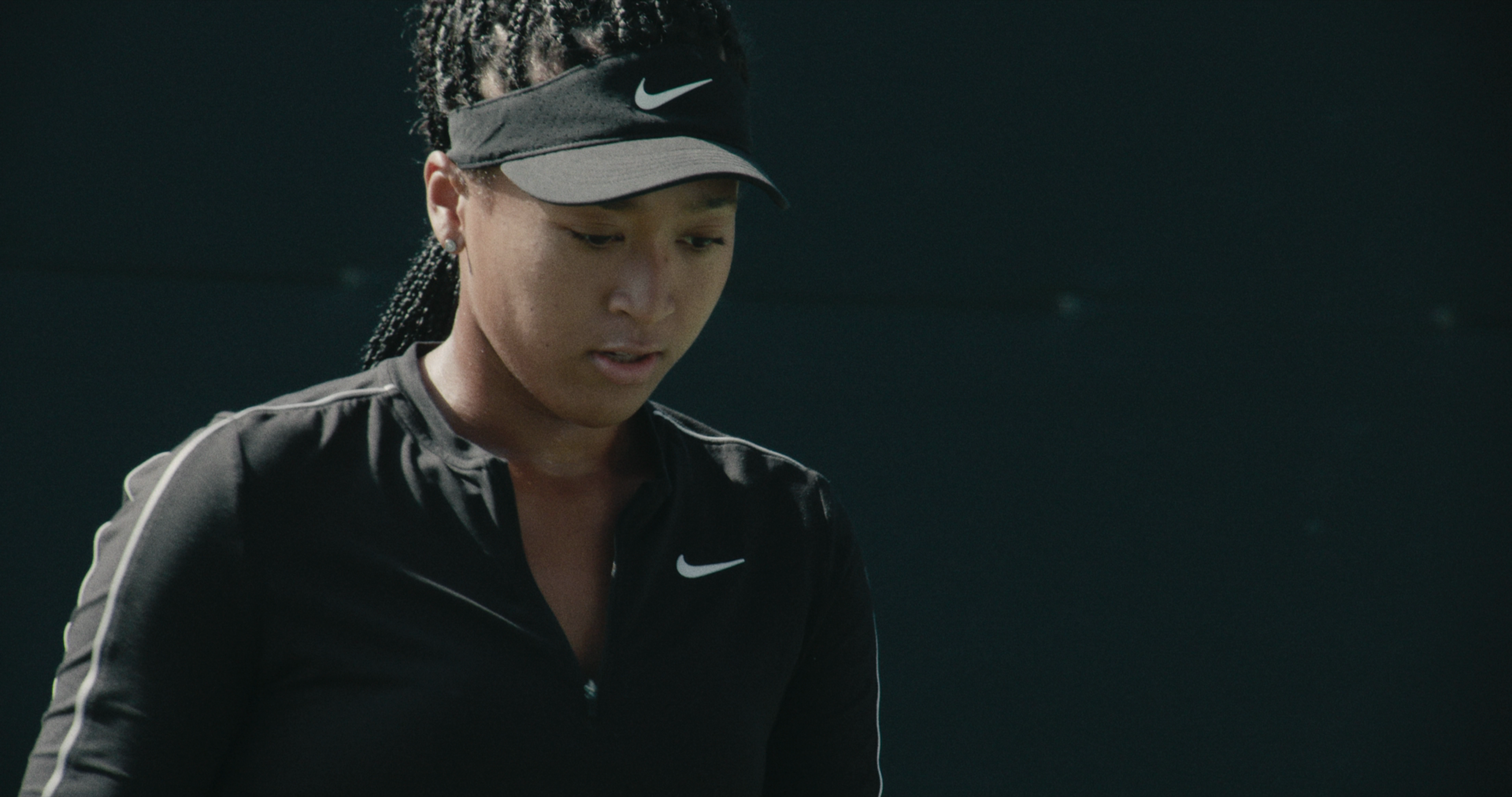
FeatureArticleContent|
2025/05/02
The pain and determination to remain a "vessel" -- the truth revealed in Netflix's "Naomi Osaka"
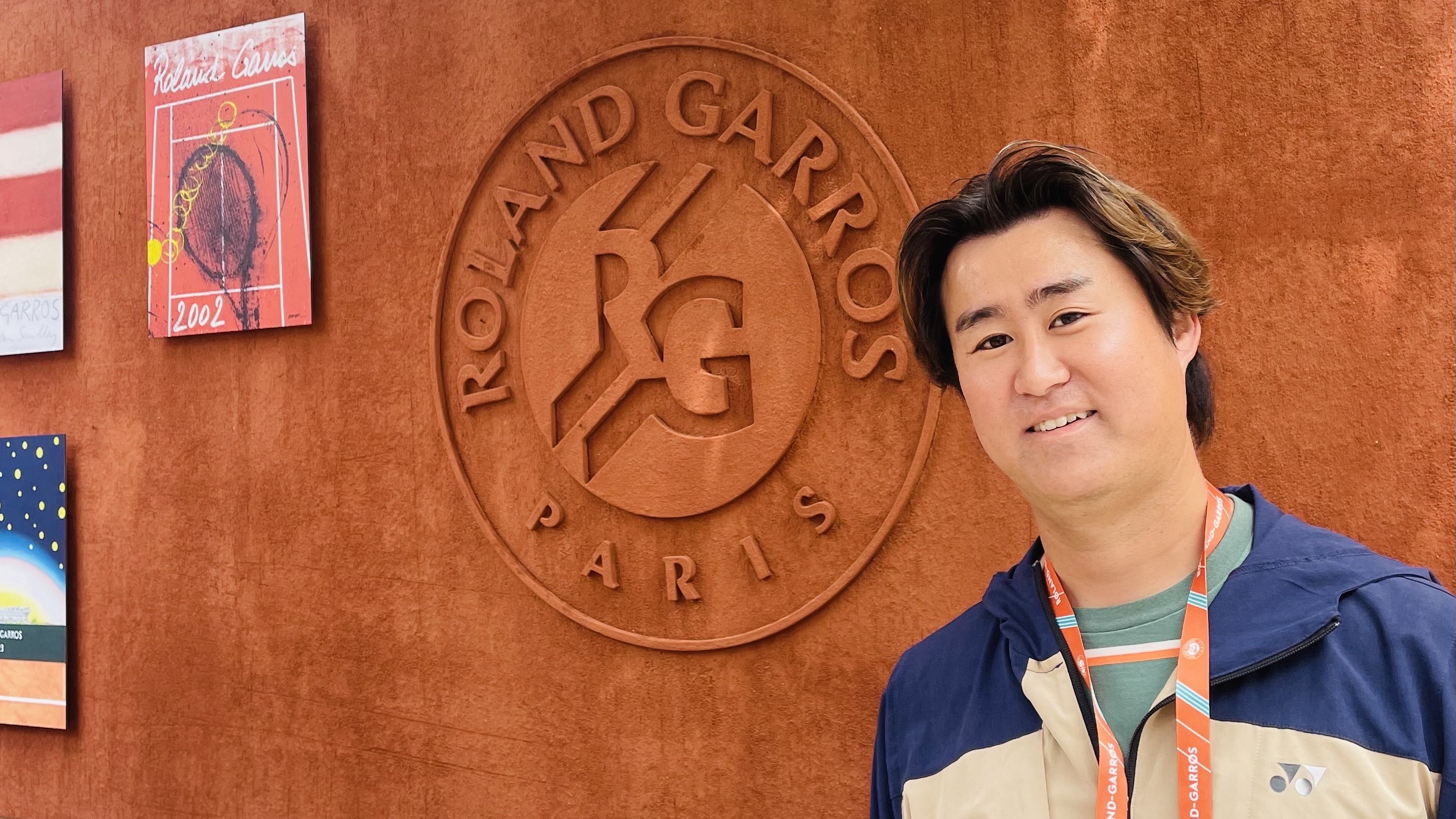
FeatureArticleContent|
2025/04/28
The choice of being a "tour coach" -- the reality of Yasuo Nishioka in the "world of competition"
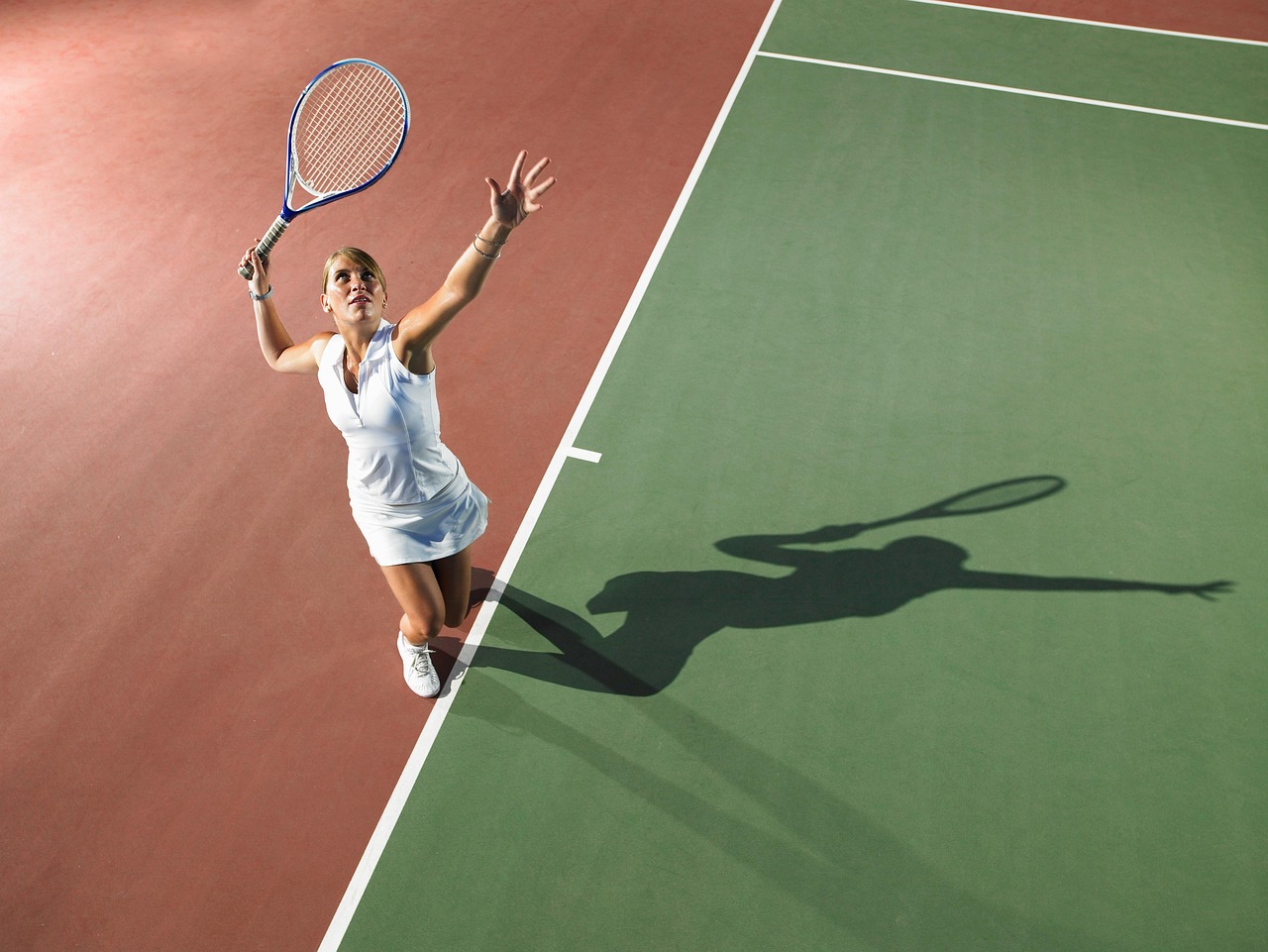
FeatureArticleContent|
2025/04/23
The miracle of a lucky loser - Eva Liss' whirlwind of joy at the Australian Open
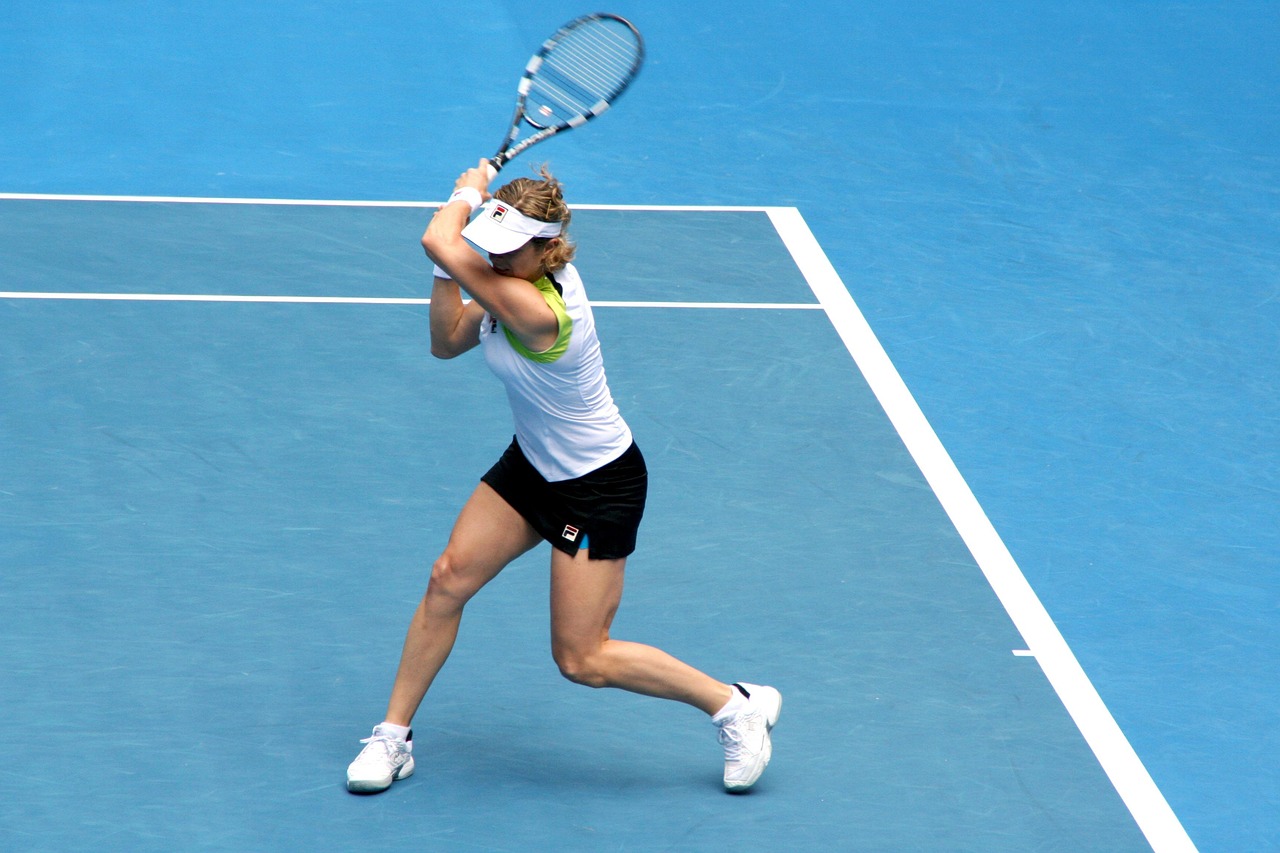
FeatureArticleContent|
2025/04/21
The Queen's strength, her shining talent, and signs of recovery: the plays that lit up the Miami Open
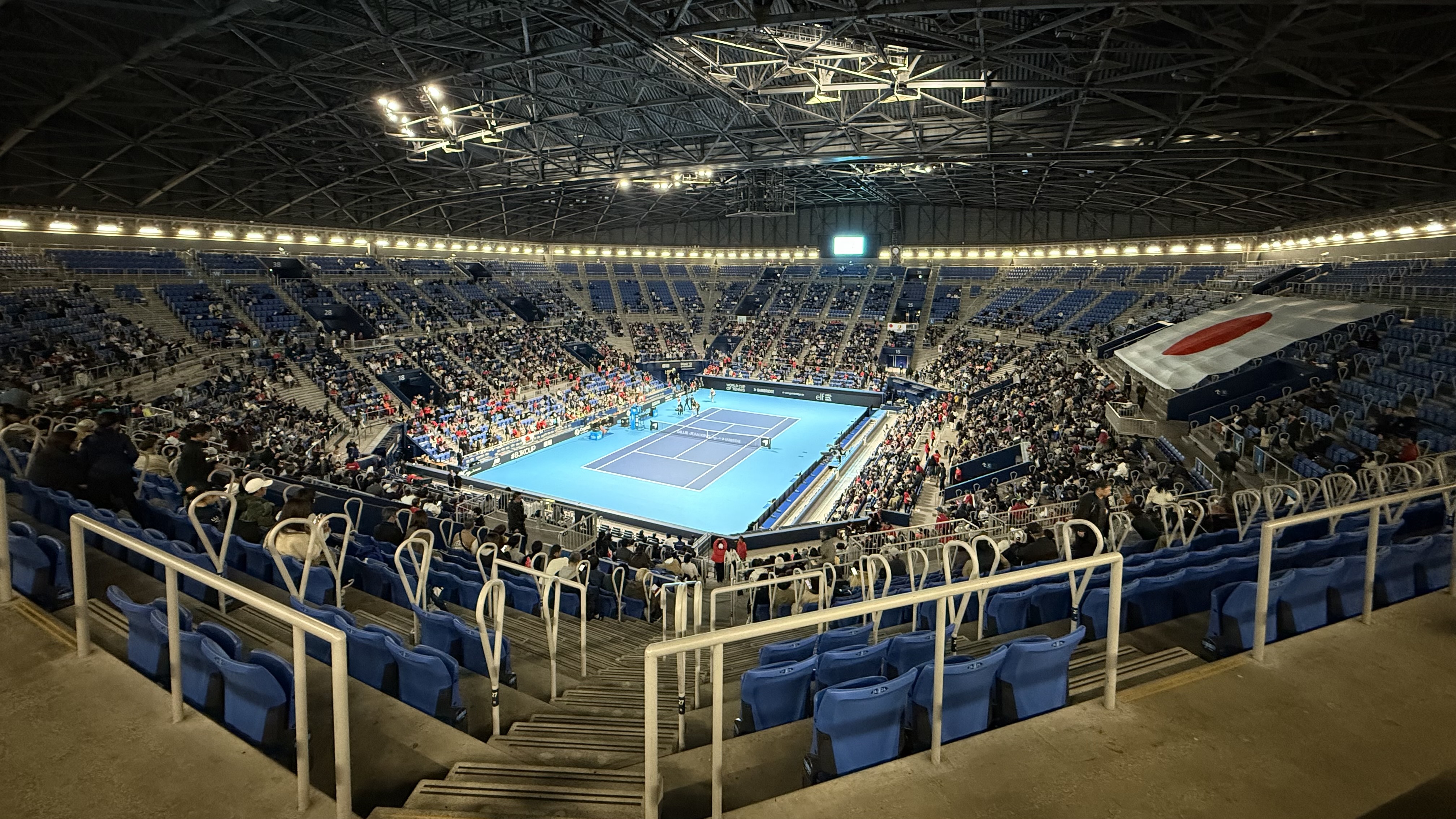
FeatureArticleContent|
2025/04/20

